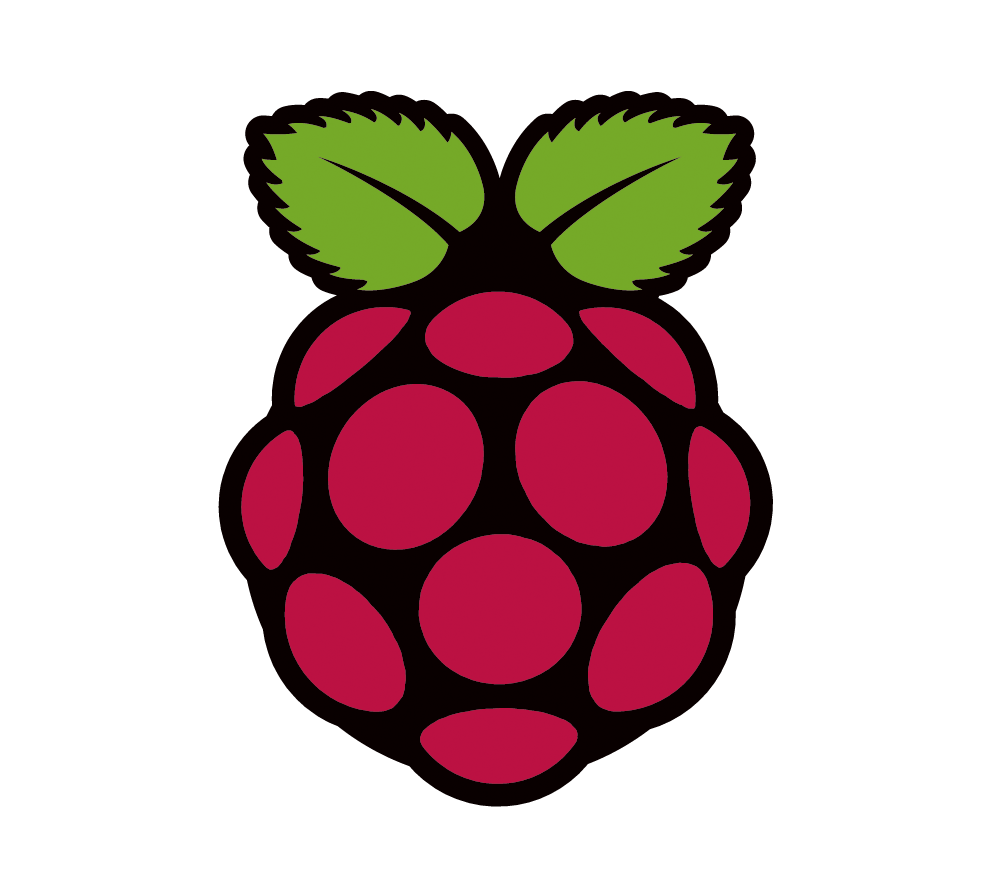Raspberry Pi Usage in Libraries
Patrick Spurlock
06/06/14
Valdosta State University
Introduction – What is
Raspberry Pi?
Introduced in early 2012, the Raspberry Pi is a small, credit-card
sized (3.37” x 2.21”) computer, built on a single circuit board (also known as
a single-board computer or SBC), that is developed by the Raspberry Pi
Foundation. The original goal of the Raspberry Pi was to provide a low cost
computer that would serve as a teaching aid for promoting basic computer
science in schools.
The Raspberry Pi comes in two
variants. Model A features 256MB of RAM, one USB port, and no Ethernet
(network) connection. Model B has 512MB of RAM, 2 USB ports, and an Ethernet
port. Both models use Broadcom BCM2835 SoC (System on a Chip) architecture. SoC
is a method of placing all essential electronics for running a computer on a
single compressed chip. The Raspberry Pi SoC contains an ARM ARM1176JZFS 700Mhz
CPU (central processing unit) and a Videocore 4 GPU (graphics processing unit).
The graphics processor is capable of High Definition video playback using the
H.264 video codec at a rate of 40MBits/s. The Raspberry Pi has been ported to
use several Open-Source operating systems (from Linux to Android and Chrome
OS), and its default operating system is a port of the Linux-based Debian OS
known as Raspbian. The suggested programming language for us on the Raspberry
Pi is Python (Raspberry Pi Foundation, n.d.).

"RaspberryPi" by Jwrodgers - Own work. Licensed under CC BY-SA 3.0 via Wikimedia Commons.
Literature Review
To date, the Raspberry Pi is not being as widely discussed in
library literature as other emerging technologies such as 3D printing, but its
potential applications in library environments has been addressed in academic,
public, and school library literature. While there is not currently a lot of
literature on the Raspberry Pi, Sansing (2013) states that the “slim $25
computer is hot and showing no signs of cooling off” in the devices potential
applications for schools and that tools such as the Raspberry Pi will bring the
“Maker” movement into libraries and schools.
While Mays (2013) sees the
Raspberry Pi as being the perfect way for libraries to introduce skills such as
computer programming to communities for skill development that will be
important in the future job market, Iglesias & Schlegel (2013) and Cooper
& Knight (2014) see the Raspberry Pi as being an inexpensive display device
for applications such as OPAC (library catalog) machines. Wells (2014) however,
feels that library applications can go beyond simple OPAC machines, to fully
operational librarian kiosks that are integrated with the ILS (Integrated
Library System) and house ready reference information. Additionally, Web (2014)
shows how the Raspberry Pi can be used to host content management platforms
such as WordPress and for smaller rural libraries can run as fully operational
web portals for patrons as a significant cost savings to libraries needing to
build Internet access labs.
Application in today’s library
and information centers
As illustrated in the literature, the Raspberry Pi has the
potential to make an impact of today’s library and information centers. The
Raspberry Pi can be used in libraries as a low-cost OPAC access device and as a
computer that runs information displays/digital display device for library
users (Cooper & Knight, 2014). In both of these scenarios libraries would
be able to forgo purchasing expensive standard computers in favor of adapting
the Raspbian software to meet single purpose needs. In the area of digital
signage, libraries would be able to make digital displays advertising
information ranging from meeting room availability to library hours or open
computer availability. In addition to OPAC Machines and Digital Display
devices, the Raspberry Pi could be potentially integrated with library ILS
software to create circulation and reference stations (Wells, 2014). Wells
(2014) also suggests, that given the very small size of the Raspberry Pi,
libraries could use the device in places where computers could not
traditionally go such as on the end caps of library stacks attached to flat
touch screen monitors that could be used my patrons and staff alike for
checking for item availability and virtual shelf browsing.
Challenges
While the potential for the Raspberry Pi to be used in libraries
as low-cost solutions to devices such as OPAC machines, potential problems in
processing power might arise. For instance, the Loughborough University Library
in its initial testing of the Raspberry Pi as an OPAC computer found that while
the Raspberry Pi worked well with Ex Libris’ Primo the Raspberry Pi worked, but
was sluggish or was not acceptably responsive to the library’s Online Reading
List System. Initial testing demonstrated that what the Raspberry Pi was fully
capable of functioning as an OPAC PC, the lack of a hardware accelerated video
driver for the graphical user interface, resulted in the processor having to
render more of the processing functions which resulted in slow response times
(Cooper & Knight, 2014). However, Cooper & Knight (2014) stated that through
community support a hardware accelerated version of the graphical user
interface is expected for release and that further testing of the devices as
OPAC machines will prove more fruitful.
Another potential challenge
for libraries in implementing the Raspberry Pi is the very nature of the
systems being open-sourced and Linux-based. In a world where the majority of PC
users use Microsoft Windows-based computers, patrons might have difficulty
adapting to a stripped down Linux-based operating system. This challenge
however can be overcome by strictly using locked-down kiosk (or OPAC/Internet
browser only) terminals. However staff and or library IT works will need to be
familiar with Linux-based systems and computer programming, otherwise partnerships
will need to be made with professionals or able-bodied community users that are
willing to provide technical support to libraries.
Conclusion
At the cost of $25 for a simple open-sourced computer system the
Raspberry Pi has the potential to make a significant impact in libraries of all
types. Whereas a library might currently pay ten times (or more) the price of a
Raspberry Pi for a fully functioning Windows-based computer, libraries have the
potential to utilize this technology in areas where a fully-functioning PC
might be unwarranted for using in single-use tasks such as OPAC of Digital
Signage. Beyond this libraries might in the future be able to integrate these
devices into their own Integrated Library Systems or take them into areas where
computers have traditionally not been able to go such as book-stacks. More than
providing libraries with low-cost technological hardware however, the Raspberry
Pi has the potential to make real impact in its educational uses within
libraries in the areas of STEM (Science, Technology, Engineering, and Math)
learning through computer programming in library Makerspaces and enrichment
programming. As Mays (2013) states, “ by having devices such as Raspberry Pi’s
in our libraries, we can help in educating and illuminating our public.”
References
Iglesias,
E., & Schlegel, A. (2013). Using a Raspberry Pi as a versatile and inexpensive
display device. Code4lib Journal,
(21), 11. http://journal.code4lib.org/articles/8644
Mays, D.
(2013). The tiny, affordable Raspberry Pi. Arkansas
Libraries, 70(1), 14.
Raspberry
Pi Foundation (n.d.). Faqs. Raspberry Pi
Foundation. Retrieved from http://www.raspberrypi.org/help/faqs/
Sansing,
C. (2013). Life with Raspberry Pi. School
Library Journal, 59(8), 34.
Wells, M.
(2014). Addressing rural library technology budgets with single board
computers: Testing the APC 8950 Rock Circuit Board Computer for patron access. Journal of Library Innovation, 5(1),
1-12.



